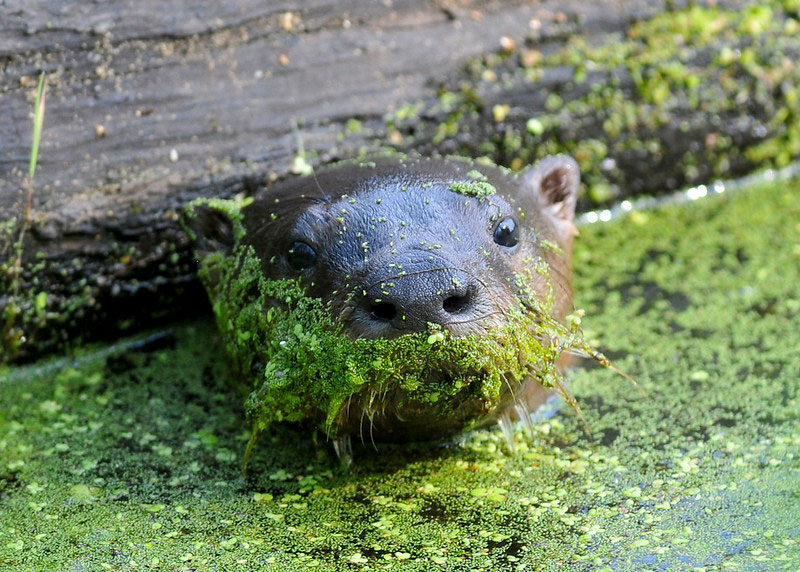
River Otters Activity (Videos)

Publications
Rivera NA, Totoni S, Monick K., Tian T, Green ML, Novakofski J, Mateus-Pinilla NE. 2018. A comparison of three methods to evaluate otter latrine activity. Wildlife Society Bulletin. Accepted December 2018. [PDF]
Green ML, Monick K, Manjerovic MB, Novakofski J, Mateus-Pinilla NE. 2015. Communication stations: cameras reveal river otter (Lontra canadensis) behavior and activity patterns at latrines. Journal of Ethology, 33 (3): 225-234 [PDF]
Satterthwaite-Phillips D, Mateus-Pinilla NE, Novakofski J. 2014. Fatty acid analysis as a tool to infer the diet in Illinois River otters (Lontra canadensis). Journal of Animal Science and Technology 56 (1): 1-9 [PDF]
Carpenter SK, Mateus-Pinilla NE, Singh K, Lehner A, Satterthwaite-Phillips D, Bluett RD, Rivera NA, Novakofski JE. 2014. River otters as biomonitors for organochlorine pesticides, PCBs, and PBDEs in Illinois. Ecotoxicology and Environmental Safety 100, 99-104 [PDF]
